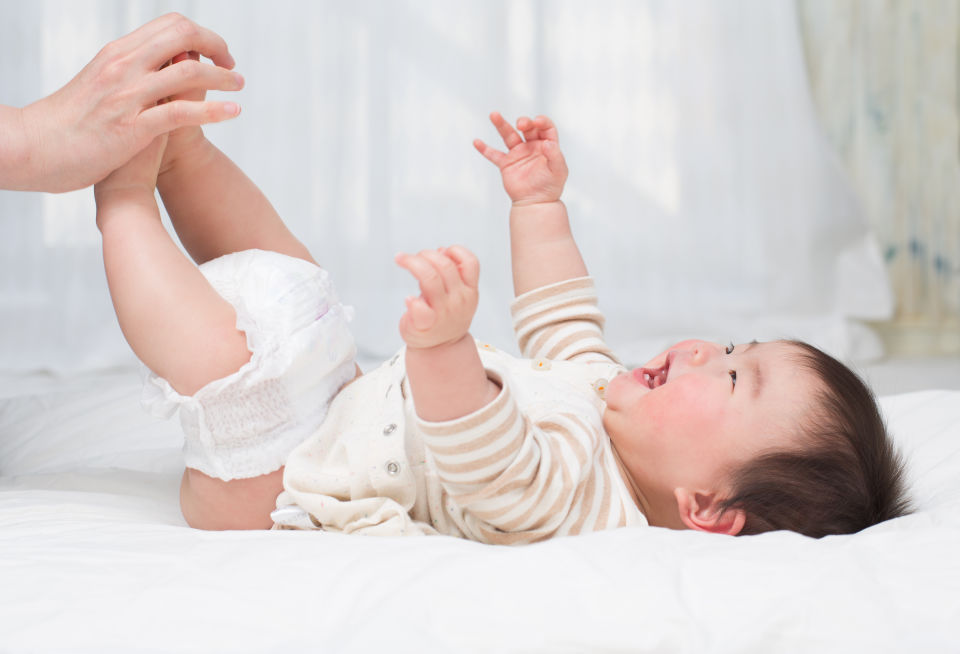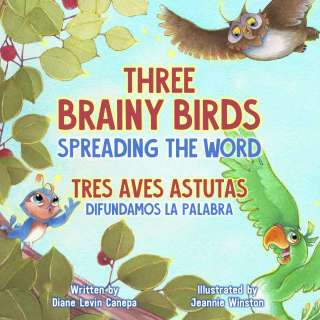Skin rashes can be a reaction to something in the environment or from something internal (foods, illness, etc.). There are many common – and often harmless – rashes that occur in children from birth through five. It’s important to be aware of them and know what steps to take if you suspect something more serious.

A young child's skin is delicate and sensitive. That's why diaper rash or heat rash can be very common, especially in babies. Some children also may have a treatable skin condition called eczema.
Signs and Symptoms:
Red, raw skin under the diaper.
Red spots can spread to thighs, belly, and back.
What You Can Do:
Change your baby’s diaper as soon as it gets wet.
Use warm water or baby wipes to clean your baby’s bottom at each diaper change.
Keep the diaper off as long as you can, ideally at least 15 minutes at each diaper change.
Dry your baby’s bottom well and apply a thin layer of diaper rash ointment.
Use a mild soap to wash cloth diapers.
Do not use baby powder. It has been shown to cause respiratory problems in children.
Signs and Symptoms:
Tiny red or pink bumps on the neck, back, or shoulders.
What You Can Do:
Dress your baby lightly.
Give your baby a cool bath without soap, and let the skin air dry.
Avoid the use of creams or oils.
Call your doctor for advice and further instruction.
Signs and Symptoms:
Red, dry skin on cheeks, behind the ears, on the inside of elbows, and on the backs of knees.
Skin feels like it has small bumps on it.
Skin may ooze clear liquid and crust over.
What You Can Do:
Give your child cool, five-minute baths using a mild soap.
Pat the skin dry after a bath. Don’t rub the skin with a towel.
Dress your child in soft cotton clothing that doesn’t cause itching.
Keep fingernails short and hands clean to help prevent your child from scratching.
Use a mild laundry detergent to wash your child’s clothes.
For images of these common rashes and skin conditions, please visit this link.
QUICK TIP: If a rash is more concerning or harmful to your child, it typically will have other symptoms – including, but not limited to, fever, bleeding, vomiting, and/or nausea. If your child shows other symptoms along with a rash, contact your pediatrician immediately.






